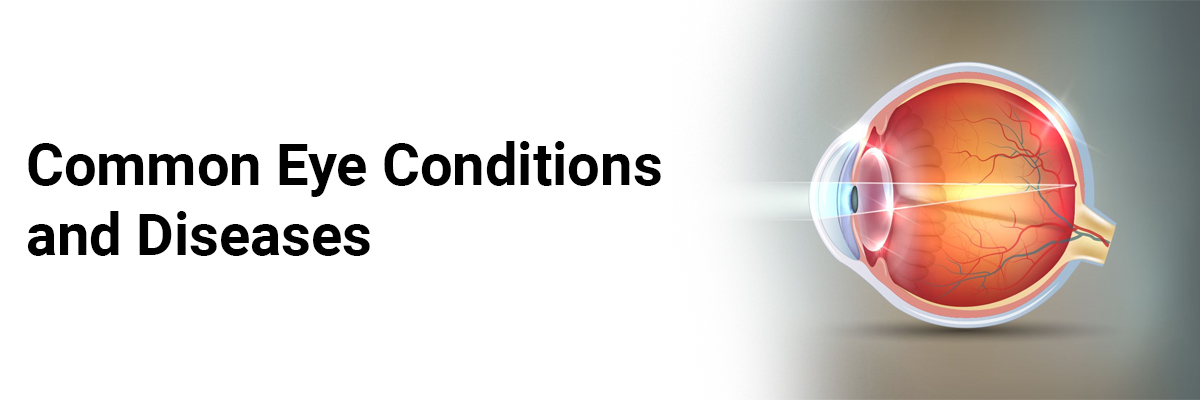
 Mrs. Mayuri Mathur
Mrs. Mayuri Mathur
Common Eye Conditions and Diseases
The eye is a vital organ that facilitates the sense
of sight. It comprises several parts, including the cornea, the iris, the lens,
the retina, and the optic nerve. The cornea is responsible for focusing light
onto the retina, which sends signals to the brain for interpretation. The iris
controls the amount of light entering the eye, and the lens further focuses
light onto the retina. The optic nerve carries these signals from the retina to
the brain, where the images are interpreted. Regular eye exams are essential to
ensure the eye's health and detect any potential problems.
Eye diseases can refer to a range of conditions that
affect the health and functioning of the eye and may result in mild to severe
vision problems. Aging, genetics, environmental factors, or a combination can
cause these conditions. A few common eye conditions are:
1. Refractive errors are common vision problems that occur when the shape
of the eye prevents light from focusing correctly on the retina. This results
in blurred or distorted vision. Common refractive errors include myopia
(nearsightedness), hyperopia (farsightedness) (distorted vision), and
presbyopia (inability to focus over a range of vision). Refractive errors can
be rectified by using eyeglasses, contact lenses, or by performing a refractive
surgery. If left uncorrected, refractive errors can lead to more severe vision
problems.
2. Age-Related Macular Degeneration (AMD) is a medical condition that affects the
macula, or center of the retina, of the eyes. It is the leading cause of vision
loss for people over 50. AMD can cause a decrease in central vision, making it
difficult to recognize faces or read. AMD is classified into two types:
- Dry AMD is the more common form of AMD, and it is caused by a
buildup of small yellow deposits in the macula.
- Wet AMD is caused by abnormal blood vessels that leak fluid
and blood into the macula.
Treatment for AMD usually includes vitamins,
medications, and laser treatments. Additionally, lifestyle changes such as
quitting smoking and eating a healthy diet can help to reduce the risk of
developing AMD.
3. Cataracts are characterized by the clouding of the eye's natural
lens, which lies behind the iris and the pupil. Cataracts are a common cause of
vision loss in older adults and can occur in either one or both eyes. They can
cause glare, halos around lights, and blurriness of vision, making it difficult
to read and drive. Outpatient surgery is the only treatment for cataracts
wherein the clouded lens is replaced with a clear artificial lens. After the
surgery, patients usually experience a dramatic improvement in their vision.
4. Diabetic retinopathy is a clinical complication of diabetes
affecting the eyes wherein the retina's blood vessels are damaged due to high
blood sugar levels causing a blockage, leakage, or swelling resulting in vision
loss. Diabetic retinopathy progresses through four stages :
- Mild Non-proliferative diabetic retinopathy – minor aneurysm
with slight vision changes
- Moderate Non-proliferative diabetic retinopathy - a blockage
in some retinal vessels
- Severe Non-proliferative diabetic retinopathy - multiple
vessel blockage resulting in reduced or no blood supply to the retina.
- Proliferative diabetic retinopathy - a more advanced form of
the disease-causing more severe vision loss.
The
most common symptom of diabetic retinopathy is blurry vision, which can also
cause floaters, blind spots, and color vision changes. Treatment options
include laser surgery, intravitreal injections, and vitrectomy. Early detection
is key to managing the disease and preventing further vision loss.
5. Glaucoma is caused by increased pressure in the eye, which damages
the optic nerve that sends signals from the eye to the brain leading to
permanent vision loss and blindness. It can be symptomized by blurred vision,
halos around lights, headaches, and a gradual loss of peripheral vision.
Treatment strategy for glaucoma may include medications, laser surgery, and
conventional surgery.
6. Amblyopia, commonly known as 'lazy eye,' is a visual disorder caused by
abnormal vision development in early childhood. It is defined as the reduced
vision in one or both eyes due to abnormal visual pathways and can occur when
one or both eyes have a different refractive error than the other. Amblyopia
can also be caused by misalignment of the eyes (strabismus) or if one eye is
more dominant. Treatment includes eye patches, corrective lenses, or surgery.
7. Strabismus, also known as crossed eyes, is a condition where the eyes are
not aligned. It can be constant or intermittent and is usually caused by an
imbalance in the eye muscles. In strabismus, one eye will deviate inward,
outward, upward, or downward. If left untreated, strabismus can lead to
amblyopia (lazy eye) and a loss of depth perception. Treatment may include
exercises, eye patches, surgery, or glasses. Early detection and treatment can
help improve vision and avoid long-term complications.
8. Retinal detachment is a medical condition in which the retina detaches from
the back of the eye. It is a potentially sight-threatening condition that
requires immediate medical attention. Symptoms of retinal detachment include:
- Flashes of light
- Floaters
- Blurred vision
- "Curtain" effect, where a portion of the field of
vision is missing.
Retinal detachment is
usually caused by a tear or hole in the retina but can also be caused by
trauma, inflammation, or other medical conditions. It is important to recognize
symptoms of retinal detachment and seek immediate medical attention, as prompt
treatment can help to restore vision and prevent further complications.
Treatment for retinal detachment typically involves retinal reattachment
surgery.

Mrs. Mayuri Mathur
Mrs. Mayuri Mathur is a Senior Medical Writer (Patient education and digital) and seasoned content creator with a rich tapestry of expertise spanning over ten years. With a diverse background in content creation, she brings a wealth of experience to the table, from crafting insightful medical articles to developing comprehensive patient education materials, dynamic press releases, and captivating brochures and website content. Throughout her illustrious career, she has demonstrated an exceptional knack for distilling complex medical concepts into easily understandable content, making her a trusted resource for both professionals and lay audiences alike. Her meticulous attention to detail and innate creativity have enabled her to deliver content that not only informs but also engages and inspires. Whether elucidating intricate medical procedures or crafting compelling marketing materials, her versatility and dedication shine through in every project she undertakes. Her passion for writing, coupled with her profound understanding, makes her an invaluable asset to any team or project. In a constantly evolving digital landscape, where effective communication is paramount, Mrs. Mayuri Mathur stands out as a beacon of excellence, consistently delivering top-notch content that resonates with audiences across diverse platforms.

.png)

.png)
.png)



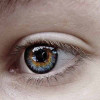
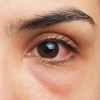
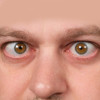
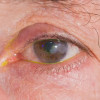
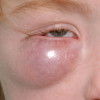




Please login to comment on this article